All About Transparent Epoxy Potting
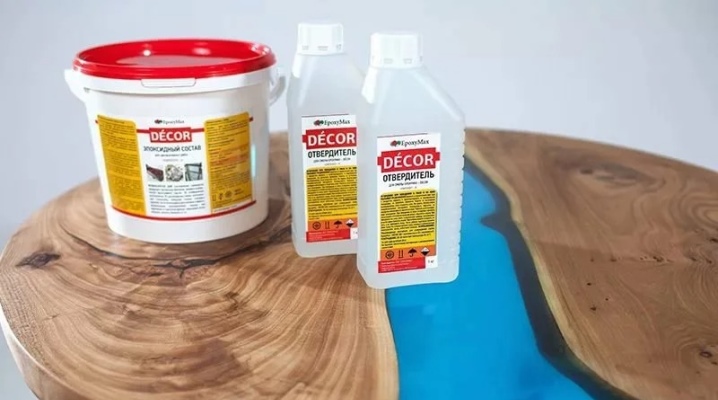
Epoxy resin is a material that is widely used in various fields. It is used for pouring countertops, creating floor coverings, as well as beautiful glossy surfaces. The material in question hardens after mixing with a special substance - a hardener. After that, he receives new properties - greater strength and resistance to moisture. Clear epoxy potting resin is best processed. In this article, we will cover everything about clear epoxy for potting.
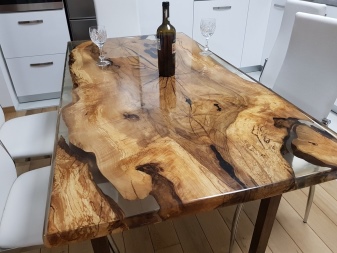
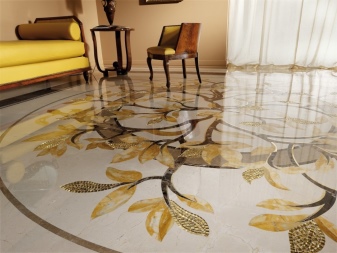
Description
Epoxy resin or as many call it "epoxy" refers to oligomers. They contain epoxy groups that, when exposed to hardeners, create crosslinked polymers. Most resins are sold in stores as two-component products. One pack usually contains a resin with viscous and viscous properties, and the other contains the aforementioned hardener, which is a substance based on amines or carboxylic acids. Typically, resins of this category are created using a process such as the polycondensation of epichlorohydrin with bisphenol A, which are called epoxy-dianes.
Transparent colorless resin differs from other types in that it is optically transparent. It looks like glass and does not trap light rays.
In this case, both components are colorless, which makes it possible to use them for molding and create a floor or wall covering. If the product is really high quality, then it will not turn yellow or cloudy even several years after use.
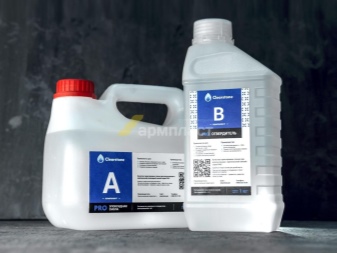
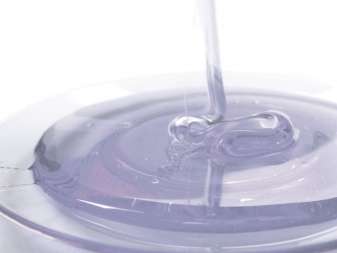
Chemical composition and components
In order to obtain a composition with certain properties, special additives should be used in the process of its creation. We are talking about 2 categories of substances.
- Hardeners and plasticizers. If we talk about this group, then a hardener is added to the resin to make a polymerization reaction. For this, substances such as tertiary amines, phenols or their alternative are usually used. The amount of hardener will depend on the characteristics of the base component and the desired result. And the addition of plasticizers is done so that during use the finished product does not crack and has good flexibility. The use of this component also makes it possible to prevent cracking of the resulting composition during the drying process of the product, which has a large volume. Usually, a substance based on dibutyl phthalate is used as a plasticizer.
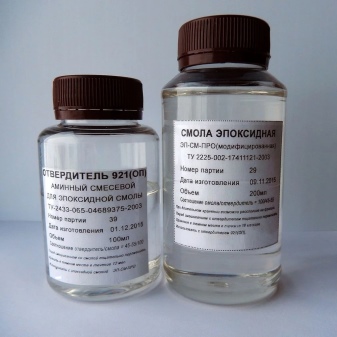
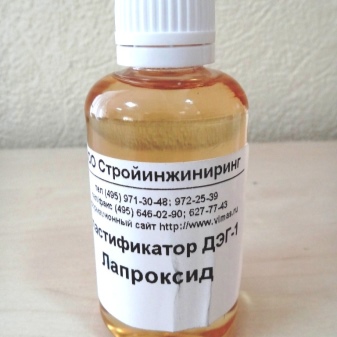
- Solvents and fillers. Solvents are added in cases where you want to make the composition less viscous. But the amount of solvent should be minimal, because as it is added, the strength of the created coating decreases. And if you want to give the composition any shade or color, then various fillers are added. The most commonly used types of substances are:
- microsphere, which increases the viscosity;
- aluminum powder, which gives the characteristic gray-silver color;
- titanium dioxide, which significantly increases the material's resistance to ultraviolet radiation and gives the coating a white color;
- aerosil, which allows you to prevent the appearance of smudges on surfaces that are located vertically;
- graphite powder, which makes it possible to obtain the required color and evens out the structure of the material almost to the ideal;
- talcum powder, which makes the surface extremely durable and fairly even.


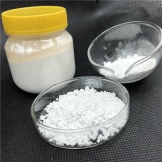
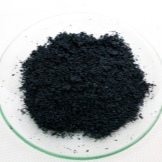
Areas of use
Compounds using a two-component transparent epoxy resin are often used in various areas of life, for example, to create key rings, jewelry, various kinds of pendants, as well as decorative elements. Besides, it is used to create advertising products, countertops, self-leveling floors, souvenirs, sanitary fittings and products that are used in the bathroom. Self-leveling floor coverings with unusual patterns are very popular. This tool is used for volumetric decoupage, mosaics and others.
In general, the use of this material is limited exclusively by the imagination of the person himself. Epoxy is used for wood, stone, coffee beans, beads and other materials.
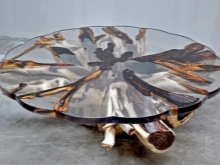
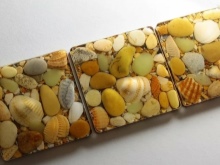
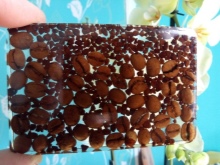
A rather interesting solution would be to add phosphors to the epoxy. These are components that glow in the dark. Often, LED lighting is installed inside tabletops created using epoxy resin, which produces a beautiful and pleasant glow.
For the material under consideration, special dyes are used, which have a particle size of 5 to 200 microns. They are equally distributed within the layer and allow you to create a uniform color cast without unpainted areas.
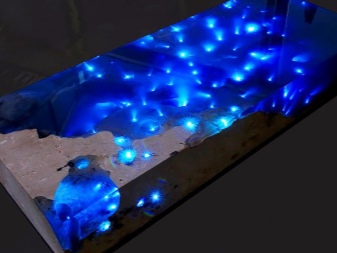
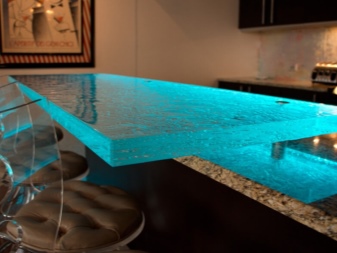
In addition, transparent epoxy is used in areas such as:
- sealing electrical equipment;
- waterproofing in various industrial areas;
- coating of walls, machine parts, priming of floors, walls and surfaces of porous type;
- strengthening of thermal insulation of premises;
- reinforcement of plaster;
- protection of products that are exposed to aggressive liquids and chemicals;
- impregnation of fiberglass, glass mats and fiberglass.
A rather interesting application of the material in question will be the creation of jewelry in the Handmade style.
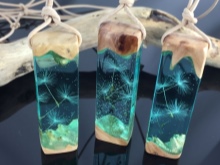

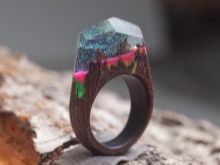
Popular brands
Before purchasing epoxy, you should familiarize yourself with the products of the most popular brands, which have already proven themselves from the best side.
- QTP-1130. This grade of epoxy is versatile and works best for pouring countertops. It will be an excellent choice for people who have little experience in this matter. QTP-1130 is also used for decoupage filling, which implies photographs and images. The mixture is transparent and does not turn yellowish after hardening. It has a low viscosity, due to which the voids are filled well, the surface after pouring seems to be self-leveling. The largest layer thickness that can be made with the QTP-1130 is 3 millimeters. And also the brand is perfect for use on not very large coffee tables and writing tables.
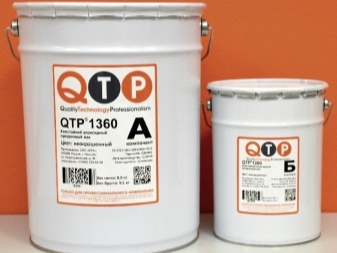
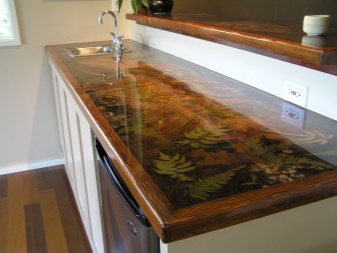
- ED-20. The advantage here will be that its production is carried out in accordance with the national GOST. The disadvantage of the brand is that some of its characteristics are somewhat outdated and slightly do not meet modern requirements. This type of epoxy is highly viscous, which causes air bubbles to form when hardener is added. After some time, the transparency of ED-20 decreases, the coating begins to turn yellow. Some modifications are characterized by improved strength and are used for pouring the floor covering. An important advantage is the low cost of this resin.
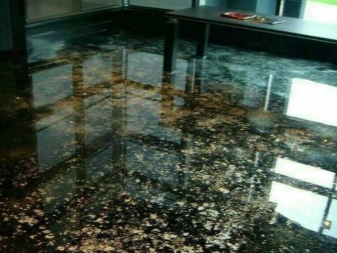

- Crystal Glass. The products of this brand are manufactured in Yaroslavl. It has good fluidity and is an excellent solution for filling large areas.A hardener is usually supplied in the kit, after mixing with which the resin must be infused before use, which improves the viscosity of the material. Usually this resin is used by experienced craftsmen. It is also in great demand in the jewelry making segment.
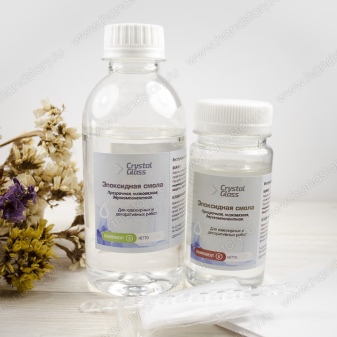
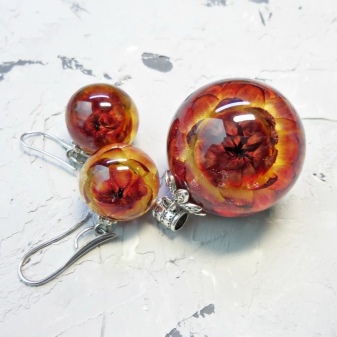
- A high quality epoxy brand that is produced in Germany is MG-EPOX-STRONG. She enjoys great respect among professional craftsmen. MG-EPOX-STRONG is characterized by high strength and transparency. And even after a while, the coating made with it does not turn yellow. One of the features of this brand is that it usually hardens completely in 72 hours.
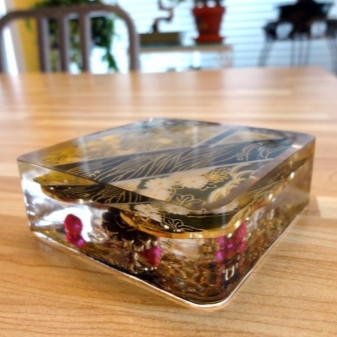
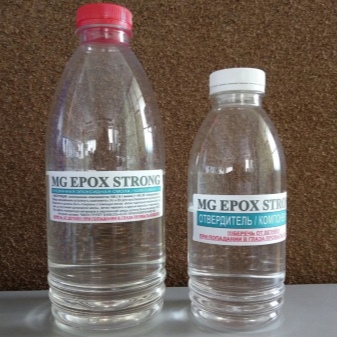
- Epoxy CR 100. The brand's products are universal and as safe as possible for health. It has excellent technical characteristics and is distinguished by anti-static, chemical resistance, and mechanical resistance. Many professional craftsmen consider this brand to be the best on the market.
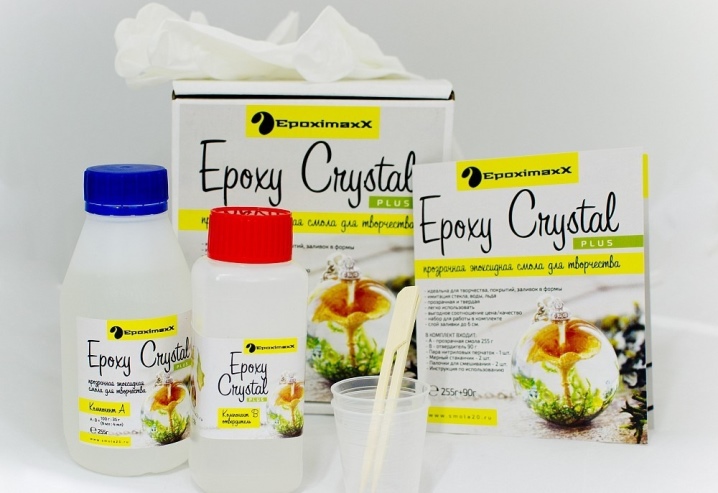
How to use?
A number of craftsmen work perfectly with this category of resins at home for repairing various products and objects, as well as using adhesives based on it. But it will be rather difficult for a person without experience to apply such material at first, because it should be understood that very few people will be able to make a perfectly flat and smooth surface with their own hands the first time. It will not be superfluous to practice.
You will need to carefully study the instructions, which will make it possible to ensure maximum quality, at which the coating will not have various defects - bubbles, chips, bumps. If it was decided to practice, then you should not do this in rooms with a large area. The reason is that special preparation of the base, a well-made composition and a very even application of layers will be required. The masters who deal with the filling fields apply the method of rolling out each layer before the start of polymerization. The master simply walks on the thorns, which make it possible to protect the new floor covering. Another difficulty is the need to use a special roller for polymeric coatings with teeth, somewhat reminiscent of a comb that is used for massage. This roller makes it possible to remove all air bubbles from the coating. It is clear that such work can only be performed by a person with experience.
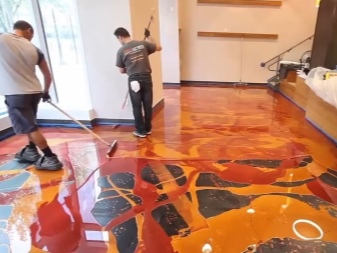
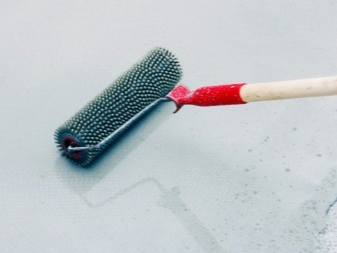
But if you need to make any small decoration, then everything will be easier. To do this, you will need to have the following on hand:
- disposable tableware;
- stick made of wood;
- directly resin with a hardener;
- dyes;
- form without or with a separator.

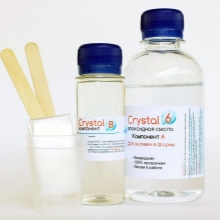
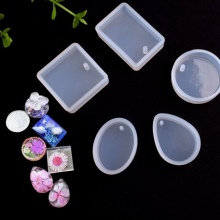
For 100 grams of substance, 40 milliliters of hardener is required, but the proportion may vary. This will depend on the manufacturer's recommendations. The resin should be gently warmed up quite a bit and not pulled out of the pack. To do this, you need to place it in water, the temperature of which is +60 degrees Celsius, and keep it in it for about 10 minutes. After that, it is taken out and placed in a dry disposable dish or other container that can be disposed of after use. The mass should be kneaded for 180 seconds. In order for the result to be as much as possible that is required, you should remember the following aspects:
- humidity in the room should be a maximum of 55 percent;
- the temperature should be from +25 to +30 degrees Celsius;
- the room should be as clean as possible.
Failure to comply with any of the conditions can significantly reduce the quality of the result obtained. The worst thing will be non-compliance with the acceptable moisture parameter. Non-shrinking resin with hardener is very "afraid" of direct ingress of water and high humidity of air masses in the room.

The surfaces where the work will be carried out should be set horizontally in level, otherwise the product may be uneven.Do not forget that the mold will stay in one place until the finished product is completely polymerized. It should be located where it is convenient. After pouring each new layer, the product should be hidden from dust.
If we talk directly about the process of carrying out work, then it should be carried out according to the following algorithm:
- in the resin that has been pre-mixed, add the required proportion of the hardener;
- not too vigorously, the solution should be stirred for about a quarter of an hour;
- if air bubbles are present in the composition, they must be removed, which can be done either by immersing the substance in a vacuum space, or by heating it with a burner, but to a temperature of no more than +60 degrees, otherwise the composition will deteriorate;
- if there are bubbles that have stuck to the surface, then they should be carefully pierced with a toothpick and poured a little alcohol onto the mass;
- it remains to let the layer dry.
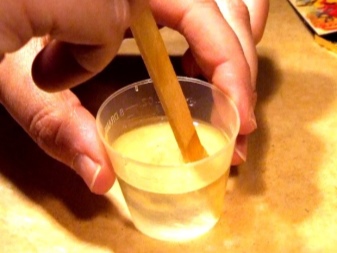
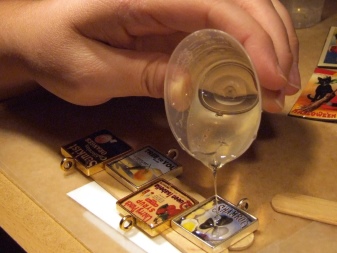
Within an hour, it will be clear how good the fill was. If the composition exfoliates, this will mean that the density of the components turned out to be unequal due to incorrectly selected proportions. It can also cause stains and streaks on the surface. Complete solidification of the composition can last up to 2 days, depending on the thickness of the applied layer and the grade of epoxy resin used.
It should be said that one should not make a thickness of more than 2 centimeters, especially for people without experience.
If you touch a mass that has not hardened, there will definitely be a marriage. But you can speed up the curing of the resin. To do this, after the initial solidification, which occurs after a couple of hours at a temperature of +25 degrees, transfer the mold to the dryer and dry at a temperature of +70 degrees. In this case, everything will be ready in 7-8 hours.
Note that it is best to use no more than 200 grams of resin the first time. It is on this amount that the order of work, the hardening time and other points should be clarified. The next layer should not be poured earlier than 18 hours after the previous layer has been poured. Then the surface of the previous layer should be sanded with fine-grained sandpaper, after which the subsequent application of the composition can be carried out. But you can actively use a multi-layer product no earlier than 5 days after readiness.
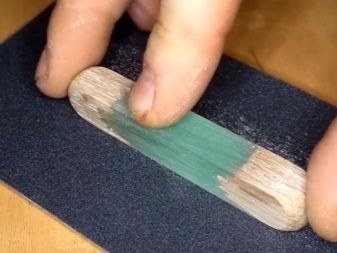
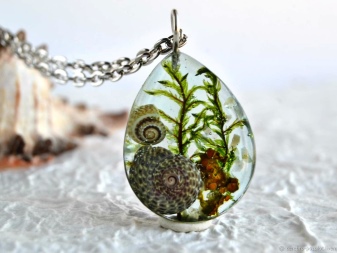
Security measures
It will not be superfluous to say about some safety measures when working with epoxy resin. The main rule is that in an uncured form, the composition is dangerous to human health, which means that it is in no case possible to work with it without protection.
Work is carried out only with gloves and protective clothing, otherwise the resin can cause skin burns, dermatitis and damage to the respiratory system.
The immediate precautions will be as follows:
- do not use food utensils when working with the material in question;
- grinding of the finished product is carried out exclusively in a respirator and goggles;
- you should remember about the shelf life and temperature no more than +40 degrees;
- if the composition is on the skin of a person, it is immediately required to wash it off with water and soap or denatured alcohol;
- work should only be carried out in a well-ventilated room.

An overview of Poly Glass clear epoxy resin in the video below.













The comment was sent successfully.